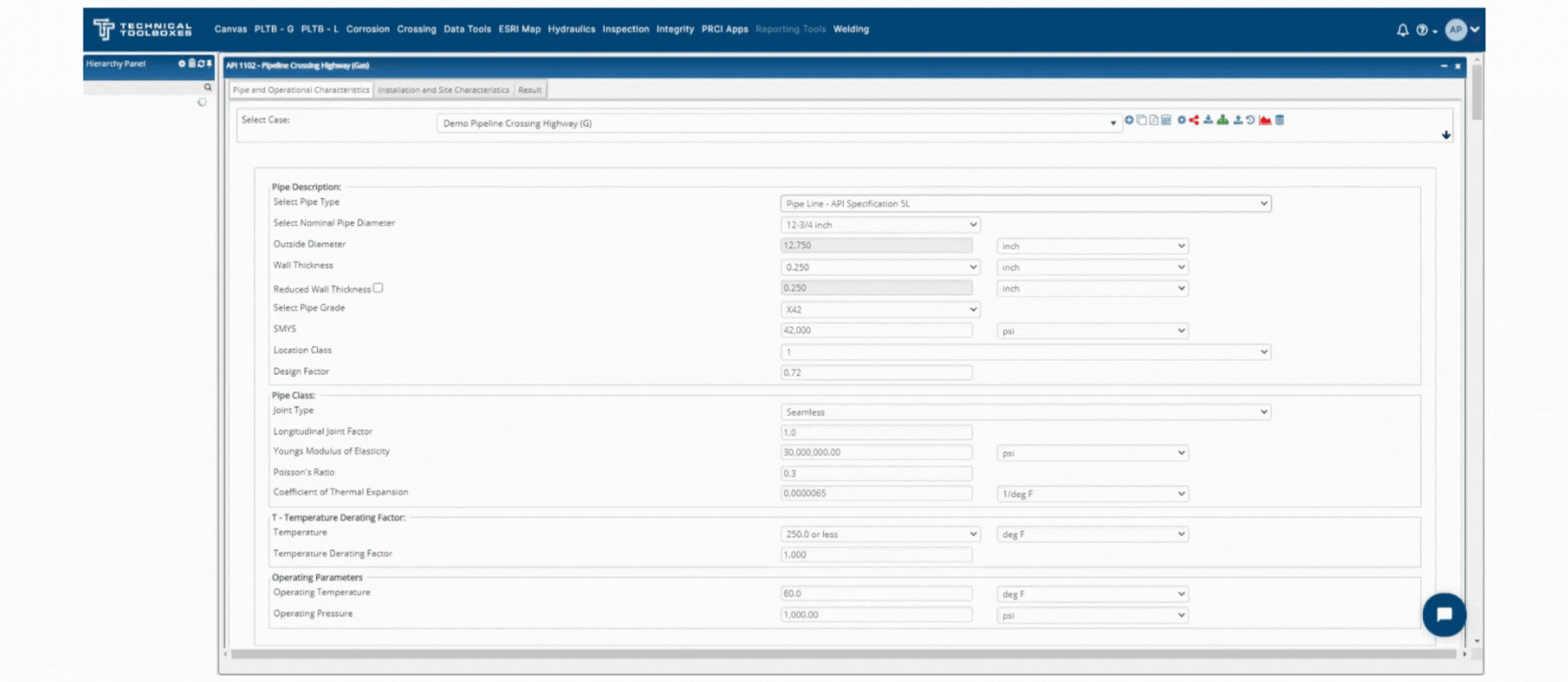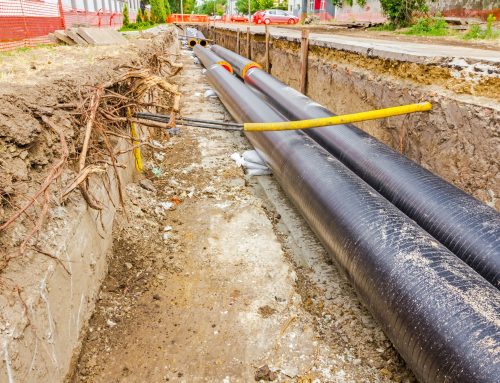The Engineer’s Toolbox: Hazen-Williams, GOTC, and Darcy-Weisbach Calculations
By Febin Jose & Bryant Jerome

Pipeline engineers and designers have a suite of mathematical tools and equations at their disposal to ensure efficient and safe fluid transport through pipelines. Among the most critical calculations are those involving the Hazen-Williams equation, the Darcy-Weisbach formula, and GOTC (Gas, Oil, and Thermodynamic Calculations). Understanding these tools is essential for optimizing pipeline performance and maintaining the integrity of the infrastructure.
Hazen-Williams Equation
The Hazen-Williams equation is commonly used for calculating the friction loss of water flowing through pipes. It is particularly favored for its simplicity in situations involving turbulent flow in small to medium-sized pipes.
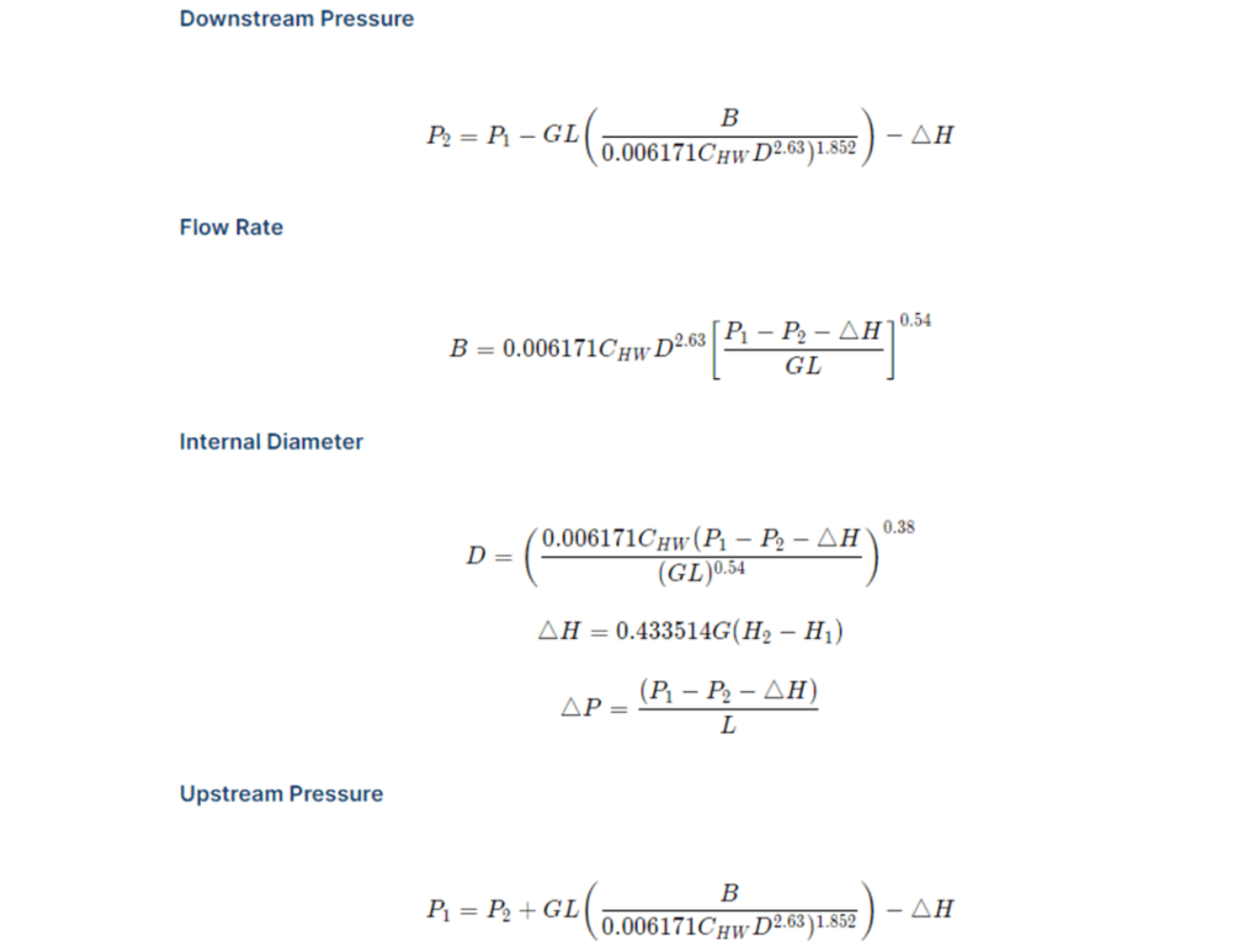
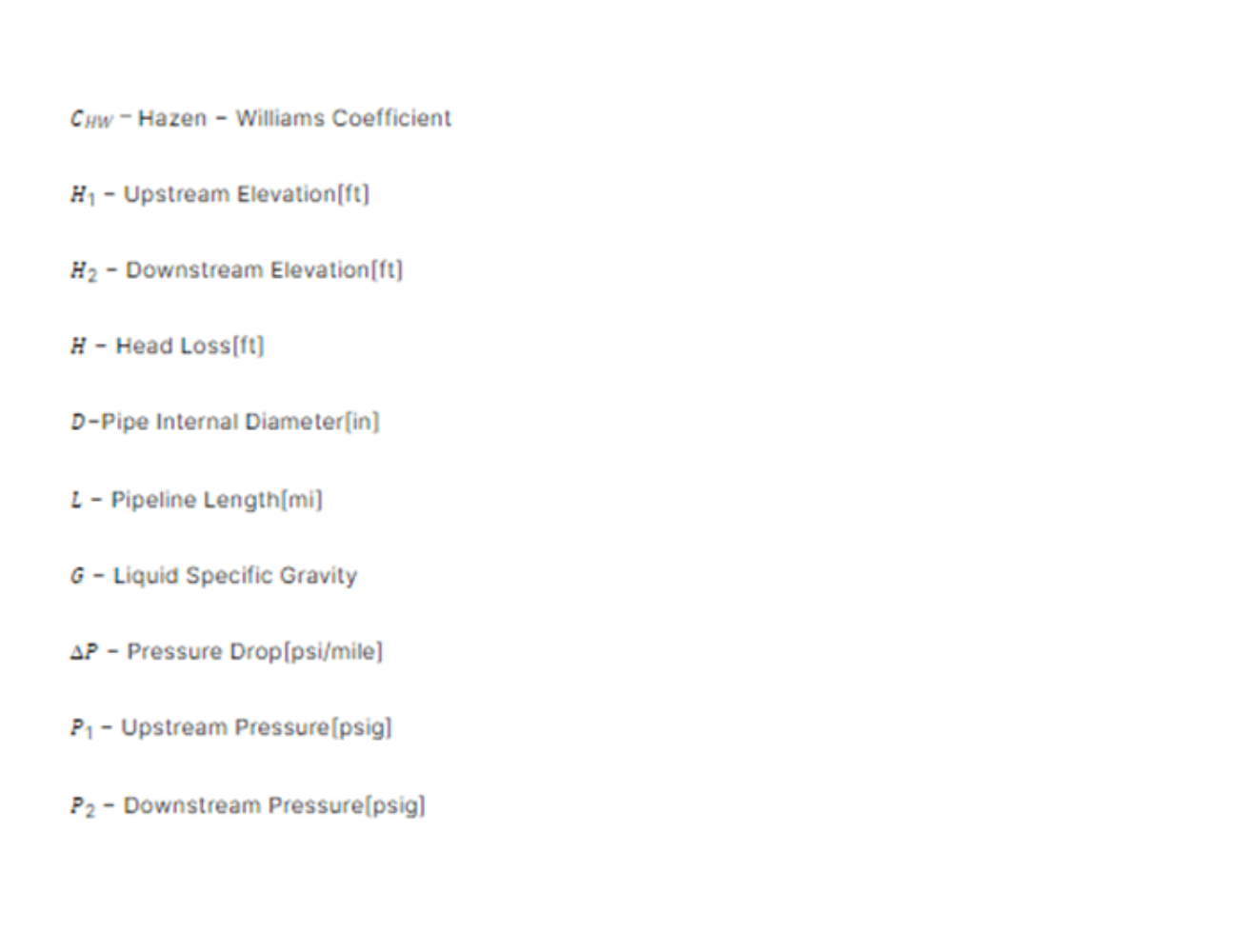 The Hazen-Williams equation is beneficial due to its ease of use and the limited amount of data required for its application. However, it is important to note that this equation is generally accurate for water and may not be suitable for other fluids or highly turbulent conditions.
The Hazen-Williams equation is beneficial due to its ease of use and the limited amount of data required for its application. However, it is important to note that this equation is generally accurate for water and may not be suitable for other fluids or highly turbulent conditions.
For a detailed explanation and practical applications, you can visit the Hazen-Williams Knowledge Base.
Darcy-Weisbach Formula
The Darcy-Weisbach equation is a more comprehensive formula used to calculate pressure or head loss due to friction in a pipe. It applies to various fluids and a wide range of flow conditions, making it more versatile than the Hazen-Williams equation.
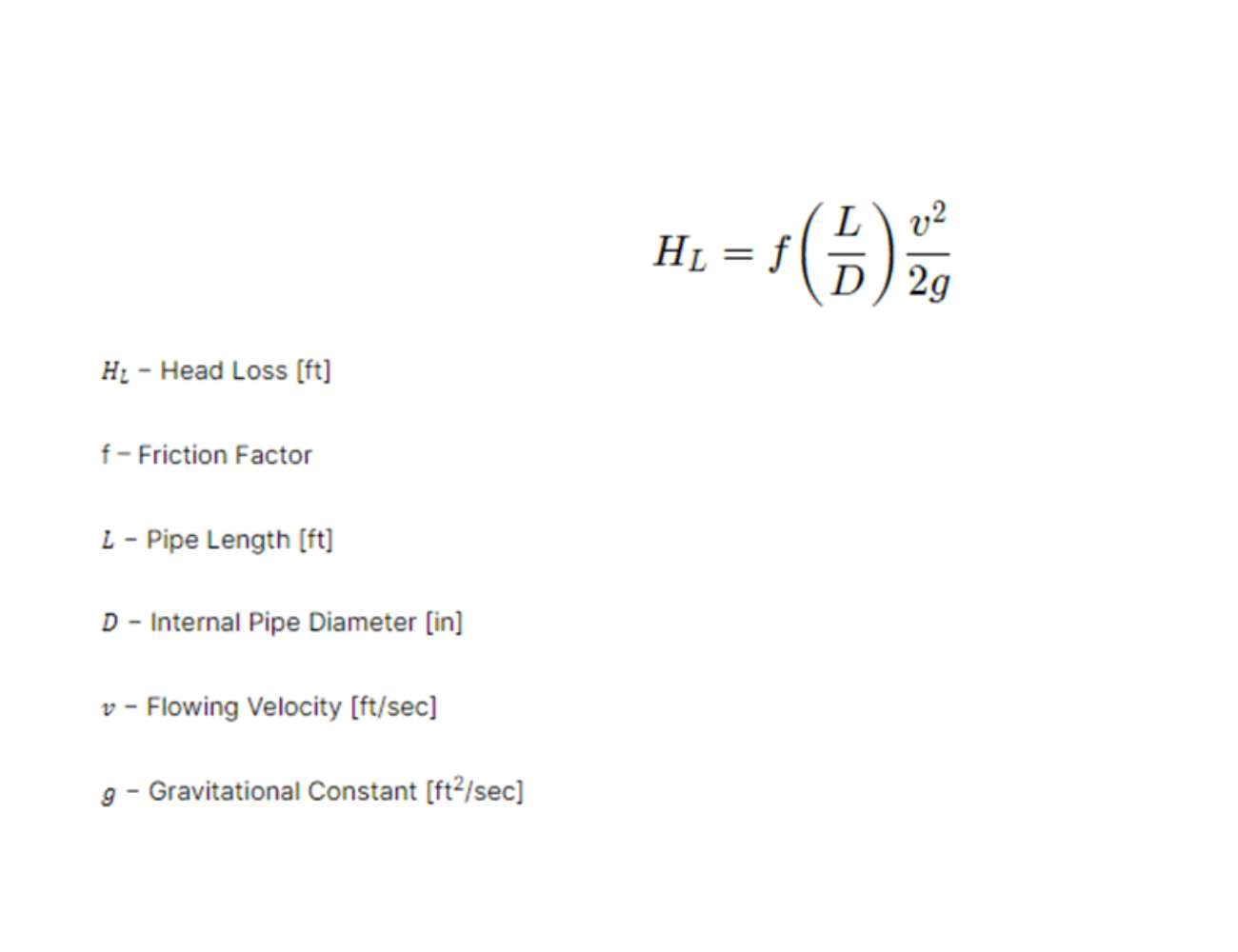
The friction factor ‘f’ can be determined using the Moody chart or the Colebrook-White equation for turbulent flow. The Darcy-Weisbach formula is favored for its accuracy and applicability to a wide variety of fluids, including gases and liquids with different viscosities.
For more detailed insights into the Darcy-Weisbach formula and its applications, check out the following resources:
GOTC Pipeline Applications
GOTC (Gas, Oil, and Thermodynamic Calculations) in pipeline engineering involves a series of calculations to manage the transportation of gas and oil through pipelines. These calculations help determine the optimal operating conditions and ensure the integrity and efficiency of the pipeline system.
Key Calculations in GOTC:
- Flow Rate Calculations: Determine the volume of gas or oil transported through the pipeline.
- Pressure Drop Calculations: Evaluate the pressure loss along the pipeline due to friction and other factors.
- Thermodynamic Properties: Assess properties like temperature, viscosity, and density, which affect flow and pressure.

Using advanced software tools like Technical Toolboxes’ Pipeline Toolbox (PLTB), engineers can streamline these calculations, improve data accuracy, and ensure compliance with industry standards. The PLTB integrates over 250 pipeline-specific calculations, including those for hydraulic analysis, stress analysis, and integrity management.
For more information on hydraulics calculations specific to gas services, visit the PLTB Gas Services Hydraulics (Liquid) page.
Pipeline Flow Calculations
Flow calculations are essential for designing and maintaining pipeline systems. Accurate calculations ensure that pipelines operate within safe limits and meet regulatory requirements. Engineers often use a combination of the Hazen-Williams and Darcy-Weisbach equations, along with specialized software tools, to perform these calculations.
Tools and Software:
- Technical Toolboxes Pipeline Toolbox (PLTB): Provides a comprehensive suite of calculations for pipeline design and analysis, reducing reliance on complex spreadsheets and minimizing errors.
- Hydrotest PowerTool: Facilitates hydrostatic testing planning and verification, ensuring compliance with regulations and enhancing pipeline integrity.
- RSTRENG+: Offers advanced features for analyzing corrosion and determining the remaining strength of pipelines, crucial for maintaining safety and operational efficiency.
Conclusion
Engineers must leverage various equations and tools to ensure the optimal design, operation, and maintenance of pipeline systems. The Hazen-Williams equation, Darcy-Weisbach formula, and GOTC calculations are foundational in this process, providing the necessary insights to manage fluid dynamics effectively. By integrating these calculations with advanced software solutions like those offered by Technical Toolboxes, engineers can enhance their productivity, ensure compliance, and maintain the highest standards of pipeline integrity and safety.
For more information on how these tools can benefit your pipeline projects, visit Technical Toolboxes.
Suggested Post
Why API Inspections Still Matter More Than Ever
Why API Inspections Still Matter More Than Ever By Kesley Price In an industry [...]
How Utility Teams are Standardizing Pipeline Calcs
How Utility Teams are Standardizing Pipeline Calcs By Kesley Price Engineering teams working in [...]
GASCalc and GASWorkS are Now Part of Technical Toolboxes
GASCalc and GASWorkS are Now Part of Technical Toolboxes We are pleased to announce that Technical Toolboxes has acquired the [...]





